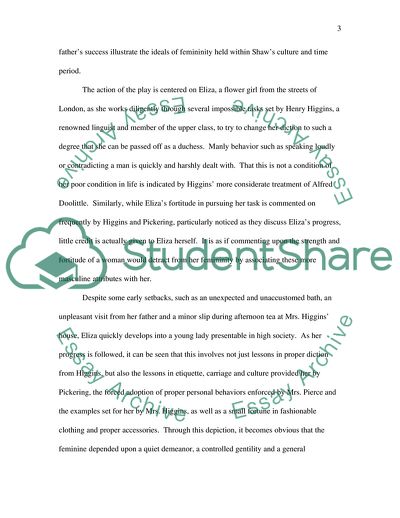Cite this document
(Femininity in Shaws Pygmalion and Rhys Wide Sargasso Sea Essay, n.d.)
Femininity in Shaws Pygmalion and Rhys Wide Sargasso Sea Essay. https://studentshare.org/literature/1707108-english-literature
Femininity in Shaws Pygmalion and Rhys Wide Sargasso Sea Essay. https://studentshare.org/literature/1707108-english-literature
(Femininity in Shaws Pygmalion and Rhys Wide Sargasso Sea Essay)
Femininity in Shaws Pygmalion and Rhys Wide Sargasso Sea Essay. https://studentshare.org/literature/1707108-english-literature.
Femininity in Shaws Pygmalion and Rhys Wide Sargasso Sea Essay. https://studentshare.org/literature/1707108-english-literature.
“Femininity in Shaws Pygmalion and Rhys Wide Sargasso Sea Essay”. https://studentshare.org/literature/1707108-english-literature.


